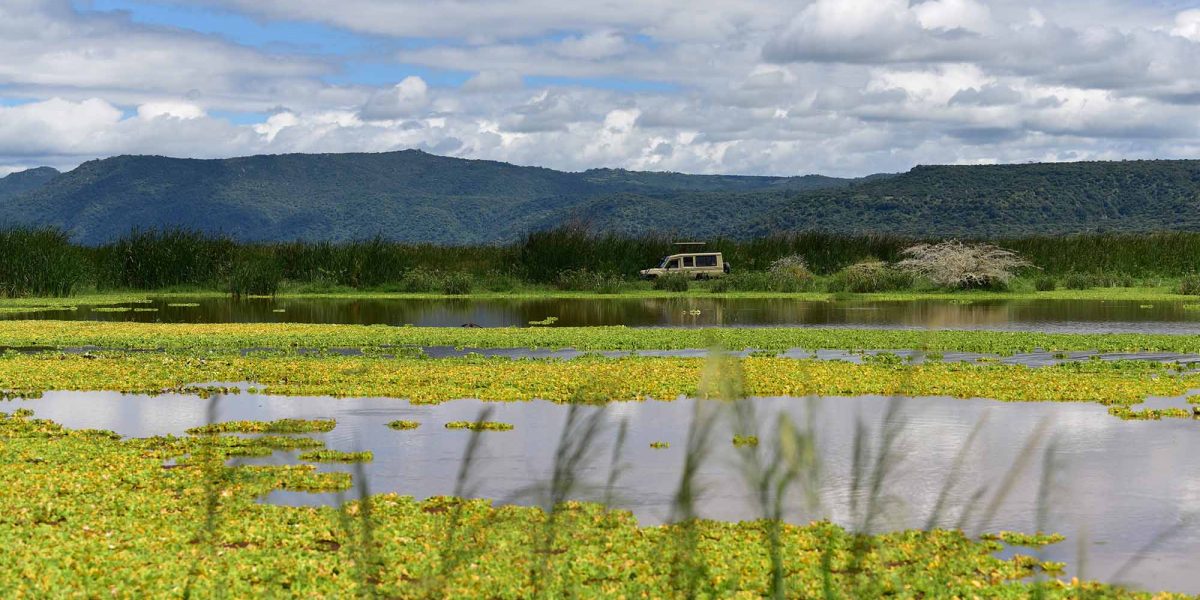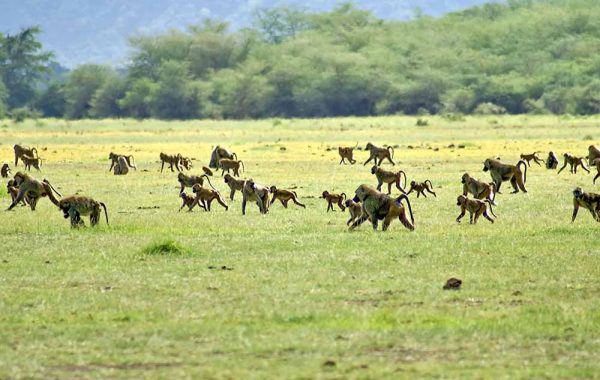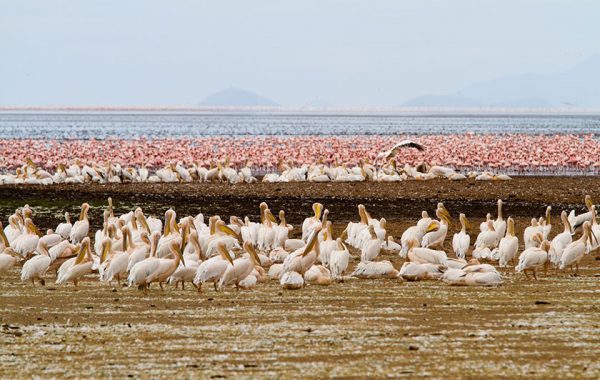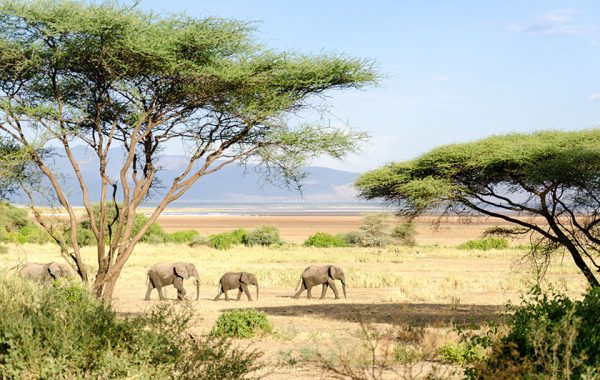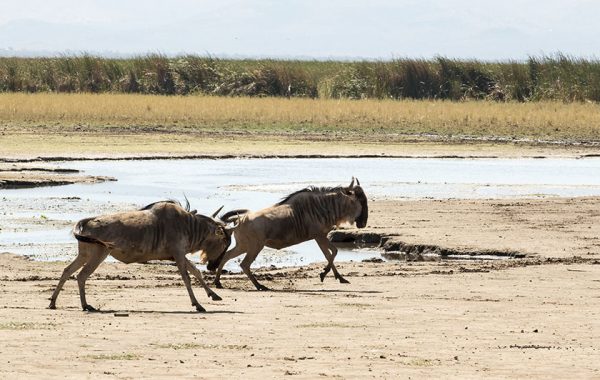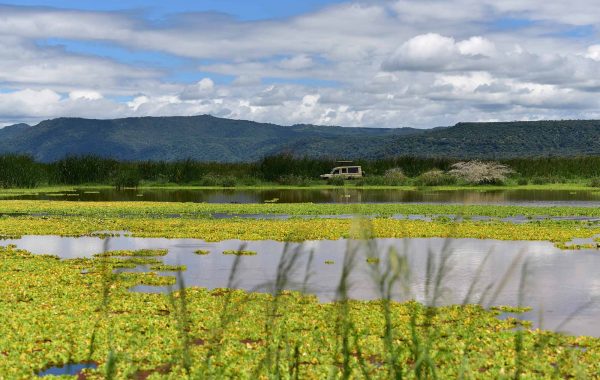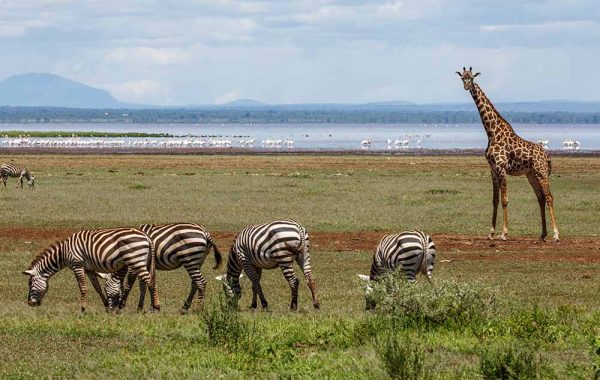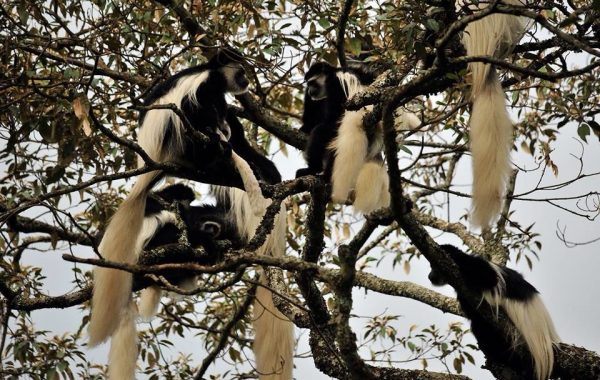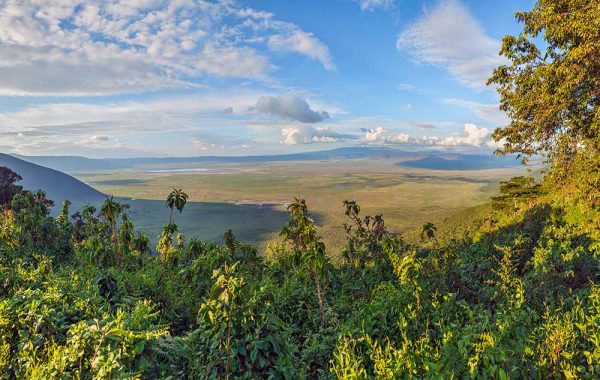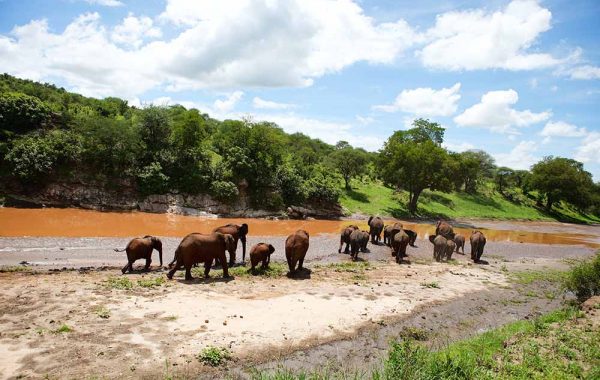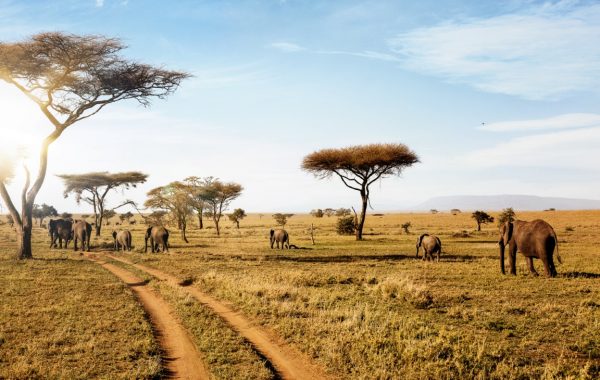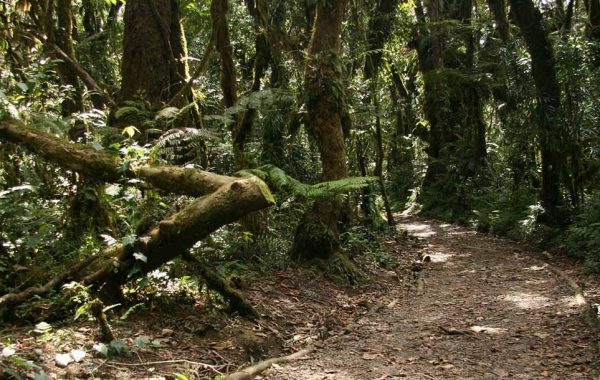There are a number of fascinating tourist attractions that can be explored within Lake Manyara National Park. Located in the northern part of Tanzania, this National Park is 126 kilometers west of Arusha Town. The park is sized 330 square kilometers of which 220 sq kilometers form the lake when the water levels are high in the rainy season. Alternating to the nearest Park of Tarangire National Park through the kwakuchinja corridor the parks share world animals. They can be seen easily nearby the roads
LAKE:
The shallow lake Manyara is an alkaline lake found in this park that swells up and reduces in size basing on the seasons found within a long silvery bowl of salt deposits. It covers an area of 220 sq km which is two thirds of the park’s total surface area. The lake hosts a large number of pink flamingos in addition to other wildlife like hippos that dwell in the shallow part of the river.
WILDLIFE:
The game in Lake Manyara includes plenty of elephants, wildebeests along with so many giraffes, and buffaloes. In addition, the park is also very famous for its large number of zebras, impalas, warthogs and waterbucks. On the slopes of the escarpment, you may need to search a little hard for the tinny and renowned shy kirk’s dik dik and klipspringer.
The road circuit for game drives is limited and can be covered in about 3 to 4 hours where you can see the animals that are always on the move
TREE CLIMBING LIONS:
Among the lions living in Lake Manyara is a healthy population of the unique tree climbing lions whose unique tree climbing character can only be found in just two populations across the world the other being in Ishasha Area in Queen Elizabeth National Park – Uganda. A very large number of tourists and photographers visit the park to see these exceptional animals.
BIRDS LIFE:
The large number of birds found in Lake Manyara National Parks differs basing on one habitat to another. Often; you will be able to see huge flocks of pelicans and pink flamingoes on the lake, while close to the park borders and floodplains you will enjoys views of many egrets, stilts erons, spoonbills, stalks and other waders. The woodlands equally will reward you with great bird views thanks to the so much water around. But the more interesting species will be viewed in the evergreen forests; for example, crowned eagles, crested guinea fowl and the silvery cheeked hornbills.
THE VEGETATIONS:
Lake Manyara Set under the magnificent of the Great Rift Valley’s steep western escarpment is a long narrow park that conserves the area between the escarpment and Lake Manyara safe. Within the vicinity of the lake are wide grassy flood plains and further as you move away, are bands of mixed acacia woodlands. Leaving that aside, patches of captivating evergreen forests, that are kept going by perennial ground water springs from the base of the escarpment are next to the escarpment.
The Large Numbers Of Elephants
This national park is home to a very large number of elephants which can easily be seen within the evergreen forests as well as the acacia woodlands. the high amount of ground water as well as the verdant vegetation provide adequate ground to feed these forest giants.
The Tree-Top Canopy Walk
Besides the traditional way of viewing wildlife in Lake Manyara National Park, the tree-top canopy walk offers you an opportunity to see other wildlife in yet a unique way. Walking at tree-top height you will be able to see some primates and various birds within the forest.
The heart of Masaai Country houses Manyara National Park. Here is where you can visit the unforgettable appealing red-robbed pastoralists who are populous in a boma. Outside the park, undertaken can be mountain bike tours, and escarpment forest walks. When water levels are suitable, canoe safaris are also offered.

